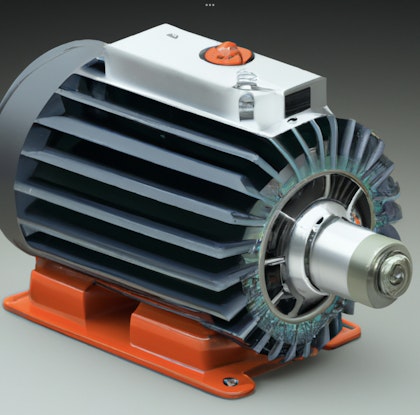


UNLOCK THE SECRETS OF FAULT CURRENT
16 Jan 2023
Jonathan Carroll B.Eng (Electrical)
Director and Engineering Manager
Australian Standard AS3000, also known as the Wiring Rules. IEC60906, an international standard for determining prospective short-circuit current in electrical systems. The Service and Installation Rules (SIR) of New South Wales, Australia.
Unlock the Secrets of Fault Current
Fault current, also known as short-circuit current, is a critical aspect of electrical safety and design in Australia. It refers to the amount of current that flows through a circuit when a fault, such as a short circuit, occurs. Understanding and managing fault current is essential for ensuring the safe and reliable operation of electrical systems. Here are six things to know about fault current in Australia:
Fault current is regulated by the Australian Standard AS3000.
This standard, also known as the Wiring Rules, sets the guidelines for the design, installation, and inspection of electrical systems in Australia. Section 3.4.2 of AS3000 covers the requirements for calculating and limiting fault current in electrical systems. This includes determining the maximum prospective short-circuit current and selecting protective devices, such as circuit breakers, that can safely interrupt the current in the event of a fault.
IEC60906 is an international standard that is commonly used in Australia to calculate fault current.
The International Electrotechnical Commission's IEC60906 standard provides a method for determining the prospective short-circuit current in electrical systems. This standard is widely used in Australia, as it provides a consistent and accurate way to calculate fault current. One of the key tools in this standard is the Sequence Components, which is used to calculate fault current in three-phase unbalanced systems. The Sequence Components method decomposes the three-phase unbalanced system into three single-phase balanced systems and then uses each component to calculate the fault current. The three components are the positive sequence component, the negative sequence component, and the zero sequence component. The positive sequence component represents the balanced and symmetrical component of the system, the negative sequence component represents the unbalanced component, and the zero sequence component represents the ground fault component. Together, these three components provide a comprehensive understanding of the fault current in a three-phase unbalanced system.
There are different types of faults that can occur in electrical systems.
Common types of faults include short circuits, which occur when two conductors come into contact with each other, and ground faults, which occur when a conductor comes into contact with a grounded surface. Other types of faults include open circuits, which occur when a conductor is broken, and arc faults, which occur when an electrical arc is created between two conductors.
The amount of fault current depends on several factors and can be calculated using an equation.
The amount of fault current that flows through a circuit depends on factors such as the voltage level, the system impedance, and the amount of load on the circuit. One common equation used to calculate fault current is I = V / Z, where I is the fault current, V is the voltage level, and Z is the system impedance. Other equations may also be used, depending on the specific system and the type of fault that is being considered. It is important to consult with a qualified electrical engineer to ensure that the correct equation is used and that the calculations are accurate.
Managing fault current is essential for ensuring the safety and reliability of electrical systems.
Properly managing fault current involves selecting the right protective devices and ensuring that they are properly installed and maintained. It also involves ensuring that the electrical system is designed to limit the amount of fault current that can flow through the circuit. This can help to prevent damage to equipment and reduce the risk of electrical fires.
State regulations such as the NSW Service and Installation Rules also provide guidelines for managing fault current.
In addition to the Australian Standard AS3000, each state in Australia also has its own set of regulations for electrical systems. In New South Wales, the Service and Installation Rules (SIR) provide additional guidelines for managing fault current.
One important regulation in the SIR related to fault current is the requirement for 10kA rated equipment in residential areas and 25kA rated equipment for commercial areas. This requirement is stated in section 4.4.2 of the SIR, which covers the selection and installation of overcurrent protective devices. This helps to ensure that the protective devices used in residential and commercial areas are able to safely interrupt the fault current in the event of a fault.
It is important to note that different states may have different regulations, so it is crucial to consult with a qualified electrician or engineer to ensure compliance with local regulations.
In conclusion, Fault current is a critical aspect of electrical safety and design in Australia, and it must be properly managed to ensure the safety and reliability of electrical systems. Standards such as the Australian Standard AS3000 and the IEC60906, as well as state regulations, provide guidelines for calculating and limiting fault current. The use of mathematical tools such as Sequence Components are used to calculate three-phase unbalanced systems fault current. Different types of faults can occur in electrical systems, and the amount of fault current depends on several factors. Managing fault current involves selecting the right protective devices and ensuring that they are properly installed and maintained. It's essential to comply with state regulations such as the NSW Service and Installation Rules, which also provide guidelines for managing fault current.



